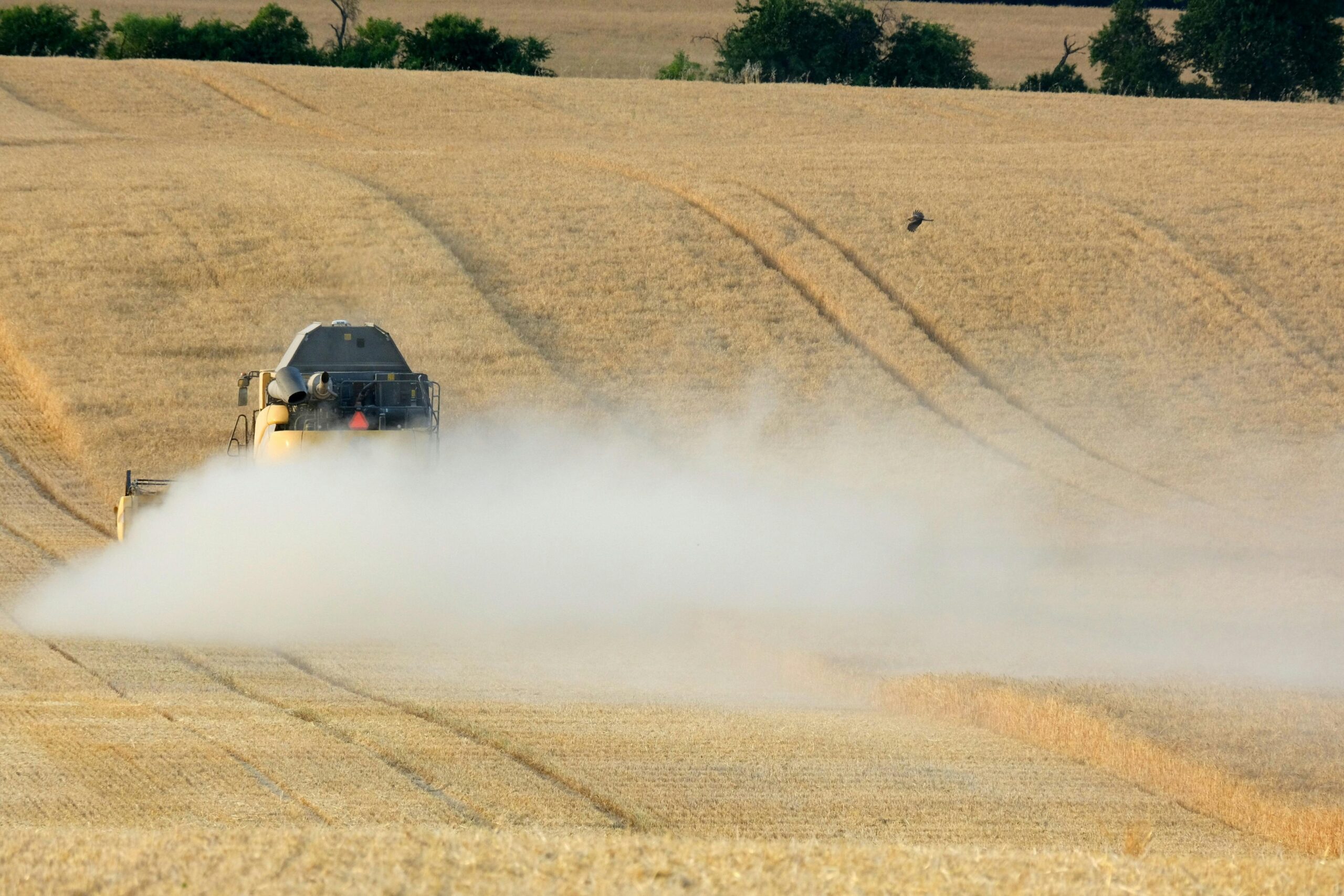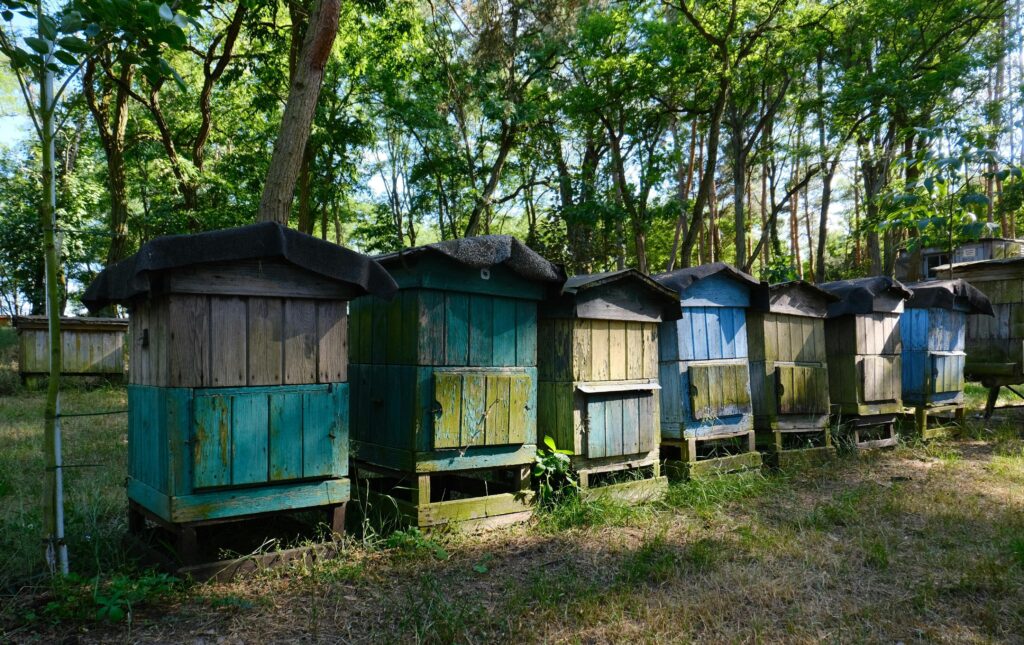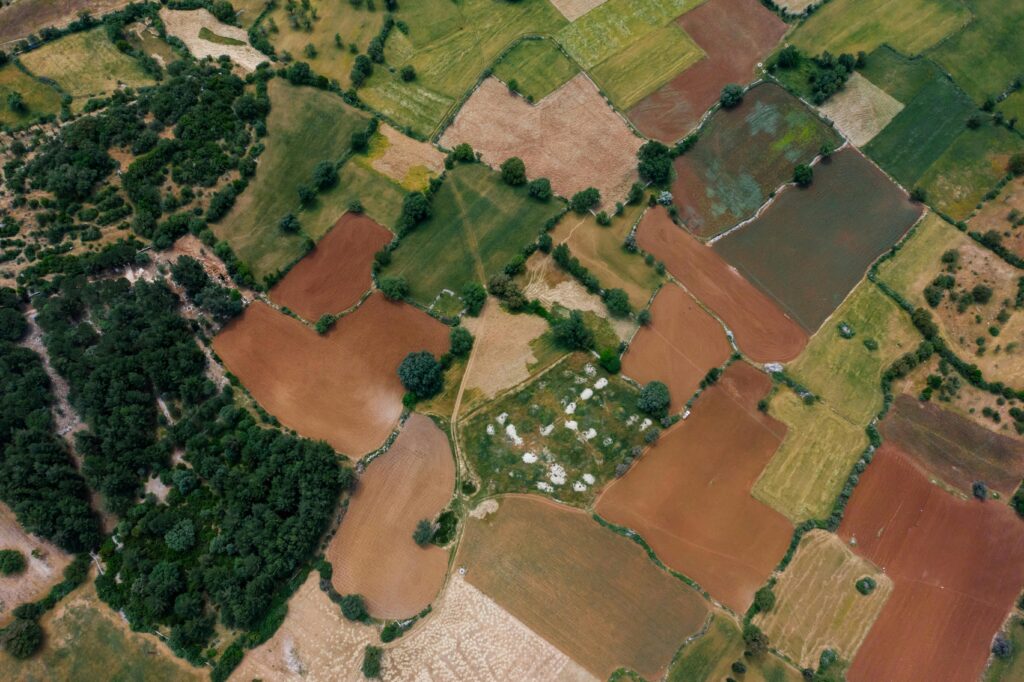“Ever stared at your skincare label and wondered why ‘organic’ feels more like a marketing buzzword than a promise? Yeah, us too.”
But what if the key to truly organic beauty wasn’t in sleek bottles but in regenerative farming? This post dives deep into this soil-to-skin revolution—how it works, why it matters, and how you can embrace it. You’ll learn:
- Why regenerative farming is a game-changer for beauty enthusiasts.
- A step-by-step guide to incorporating its principles into your life.
- Bonus tips, real-world examples, and an FAQ to keep you informed.
Table of Contents
- Key Takeaways
- The Problem with Conventional Beauty
- How to Harness Regenerative Farming
- Tips for Choosing Regenerative Products
- Real Success Stories in Organic Skincare
- Frequently Asked Questions (FAQs)
Key Takeaways
- Regenerative farming restores soil health, promoting nutrient-dense plants that power organic skincare.
- Switching to products grown via regenerative methods boosts sustainability and skin vitality.
- You don’t need a farm to benefit—start small by supporting ethical beauty brands.
The Problem with Conventional Beauty
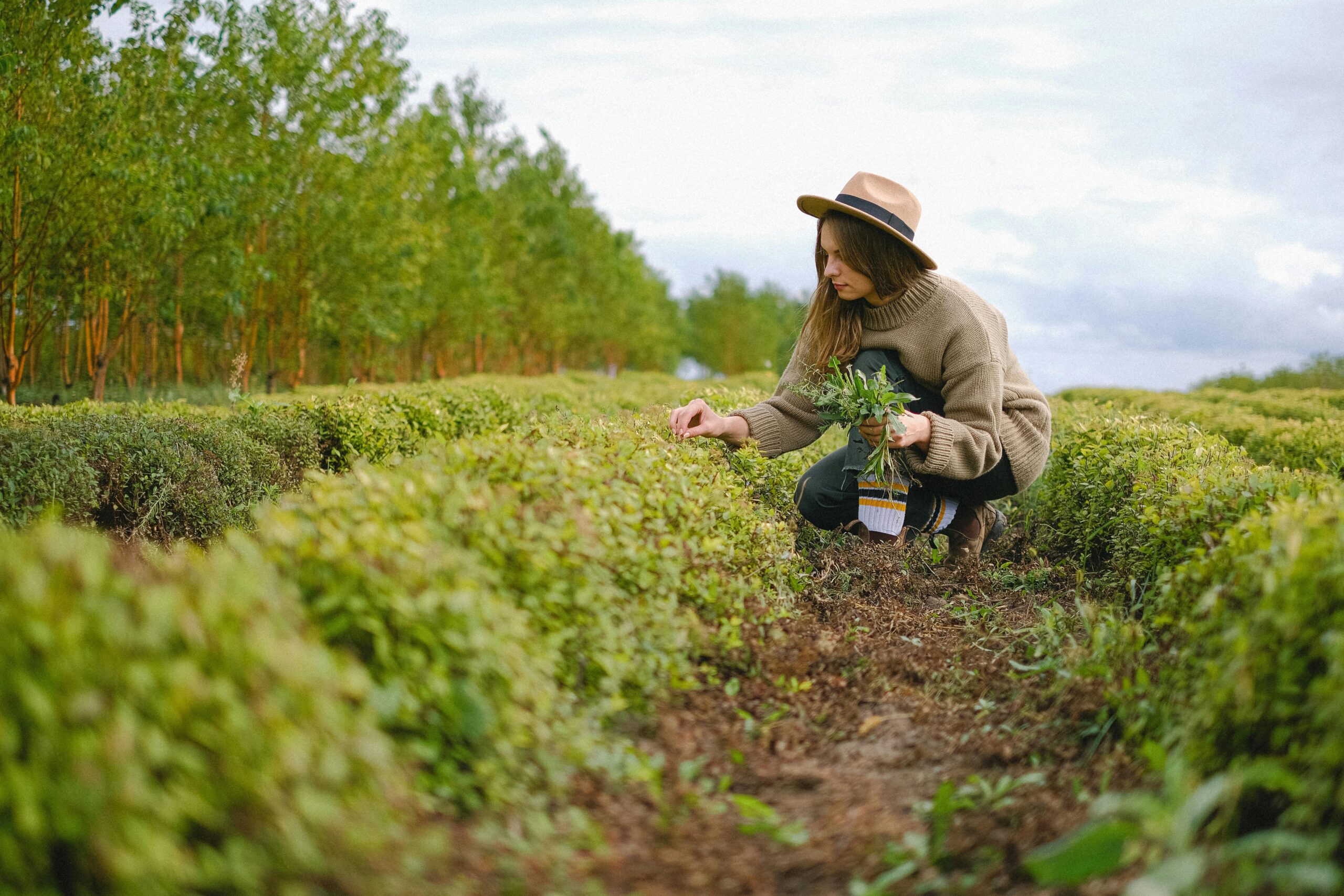
“I once bought a $50 serum labeled ‘100% natural.’ Turns out, the only ‘natural’ thing about it was the price tag.” Sound familiar?
Conventional beauty relies heavily on synthetic chemicals, pesticides, and unsustainable agricultural practices. These methods degrade soil, strip nutrients from crops, and ultimately deliver subpar ingredients for our skincare routines. It’s like eating fast food and expecting Michelin-star results—ain’t gonna happen.
Now enter regenerative farming. Picture this: Farmers nurturing their land—not draining it. Soil teeming with microbial life. Crops bursting with vitamins and antioxidants. That’s where authentic organic beauty begins.
How to Harness Regenerative Farming
Step 1: Educate Yourself on Regenerative Principles
Grumpy You: “Ugh, do I really have to read another article on farming?” Optimist You: “Stick with me—it’s worth it!”
Regenerative farming focuses on restoring ecosystems rather than exploiting them. Key strategies include:
- No-till agriculture to preserve soil structure.
- Cover cropping to prevent erosion and boost biodiversity.
- Rotational grazing for healthier livestock and pastures.
Step 2: Connect With Local Farms
Start visiting farmers’ markets or joining CSA (Community Supported Agriculture) programs. Ask questions like:
- “Do you use regenerative practices?”
- “What vegetables are best for my DIY skincare routine?”
Step 3: Create Your Own Beauty Solutions
Turn kitchen staples like carrots, cucumbers, and spinach into face masks. Sounds simple because it is. Pro tip: Blend cucumber with honey for a hydration bomb.
Tips for Choosing Regenerative Products
- Look Beyond Labels: Certifications like USDA Organic or Regenerative Organic Certified™ matter—but so does transparency. Dive deeper into brand ethics.
- Prioritize Multi-Taskers: Products with multiple uses reduce waste and enhance efficiency. Think argan oil as moisturizer AND makeup remover.
- Avoid Toxic Ingredients: Even certified organic options sometimes sneak in preservatives. Use apps like Think Dirty to vet formulas.
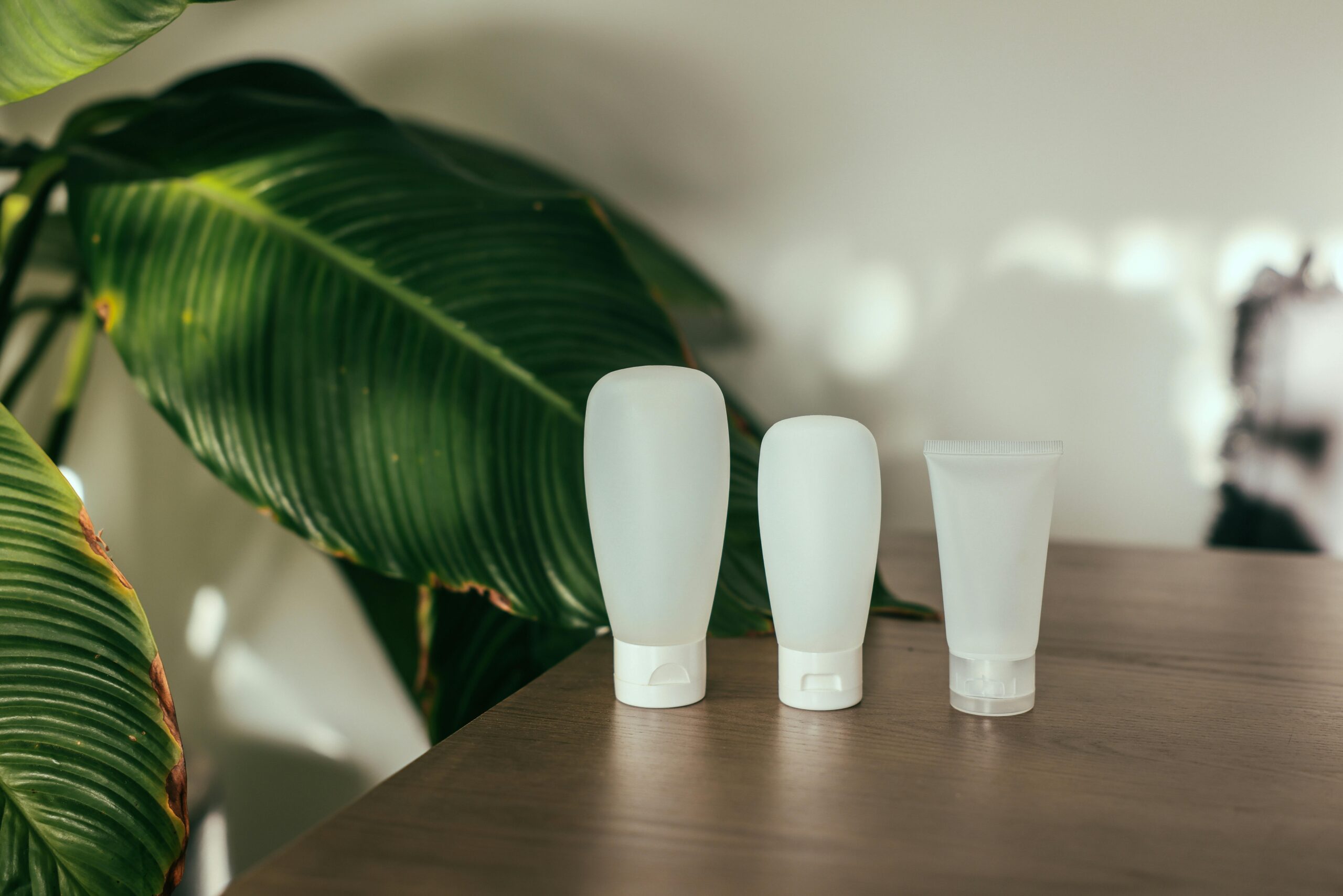
Real Success Stories in Organic Skincare
We spoke to Sarah K., founder of GlowGreen Skincare, who swears by regeneratively farmed kale extract for her line’s signature serum. “Our customers rave about clearer, brighter complexions,” she shares.
Another standout? Tata Harper’s commitment to biodynamic farming—a close cousin of regenerative agriculture. Their cult-favorite Illuminating Moisturizer has skyrocketed thanks to visibly dewy results.
Frequently Asked Questions (FAQs)
Is Regenerative Farming Better Than Organic Farming?
Think of it as organic farming 2.0. While both avoid harmful chemicals, regenerative farming actively rebuilds ecosystems—going beyond sustainability to regeneration.
Can I Practice Regenerative Farming At Home?
Absolutely. Start composting food scraps, plant cover crops in your garden, or set up raised beds using no-till techniques.
Where Do I Find Products Made From Regeneratively Grown Vegetables?
Support indie beauty brands committed to transparency. Brands like Herbivore Botanicals and Pai Skincare often partner with sustainable farms.
Conclusion
Regenerative farming isn’t just a buzzword—it’s the future of organic beauty. By understanding its principles, choosing the right products, and even trying your hand at growing your own ingredients, you’re taking steps toward radiant skin AND a healthier planet.
So here’s the haiku we promised: Dirt heals, seeds transform / Skin glows brighter each day / Earth says thank you back.

